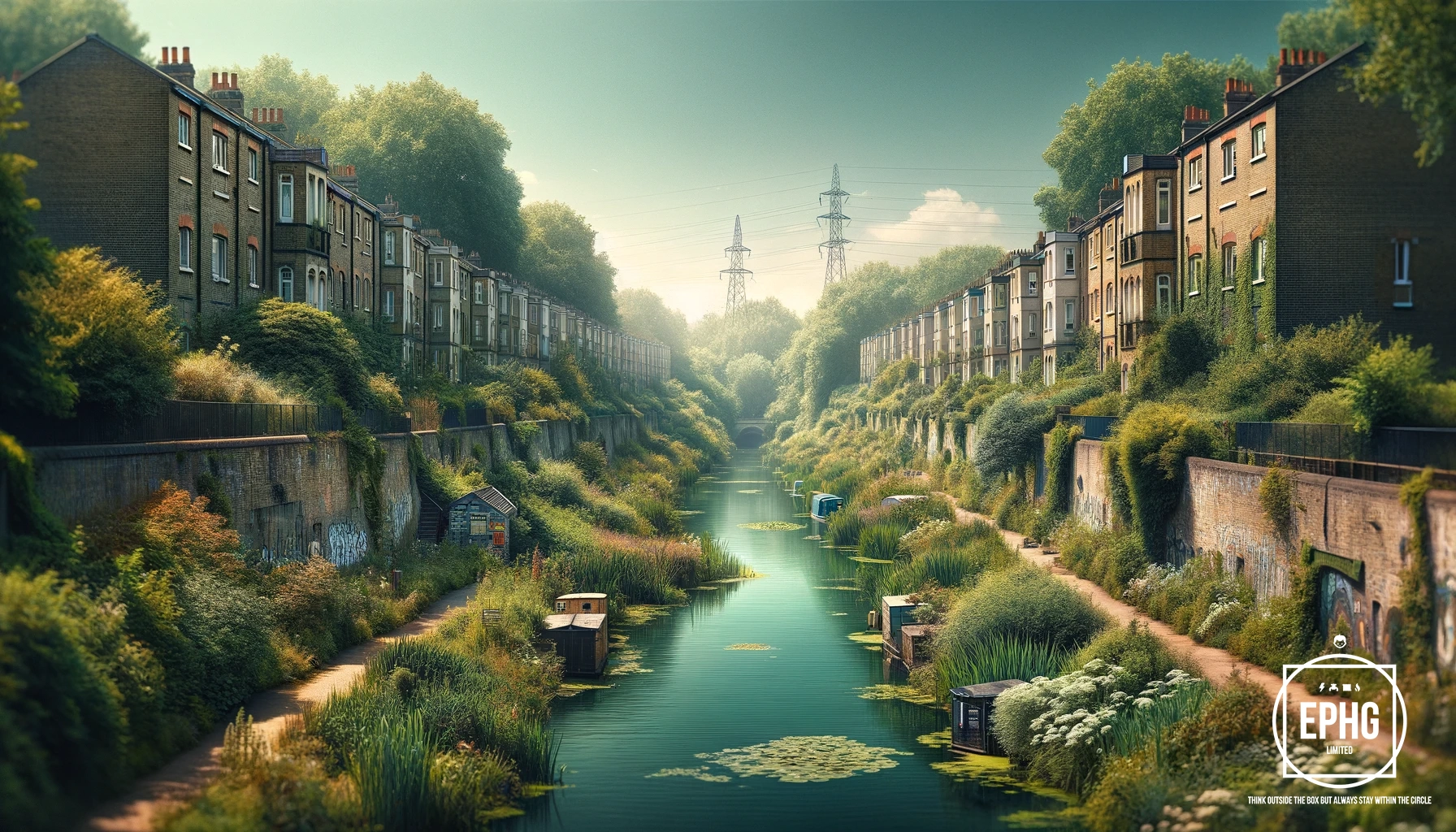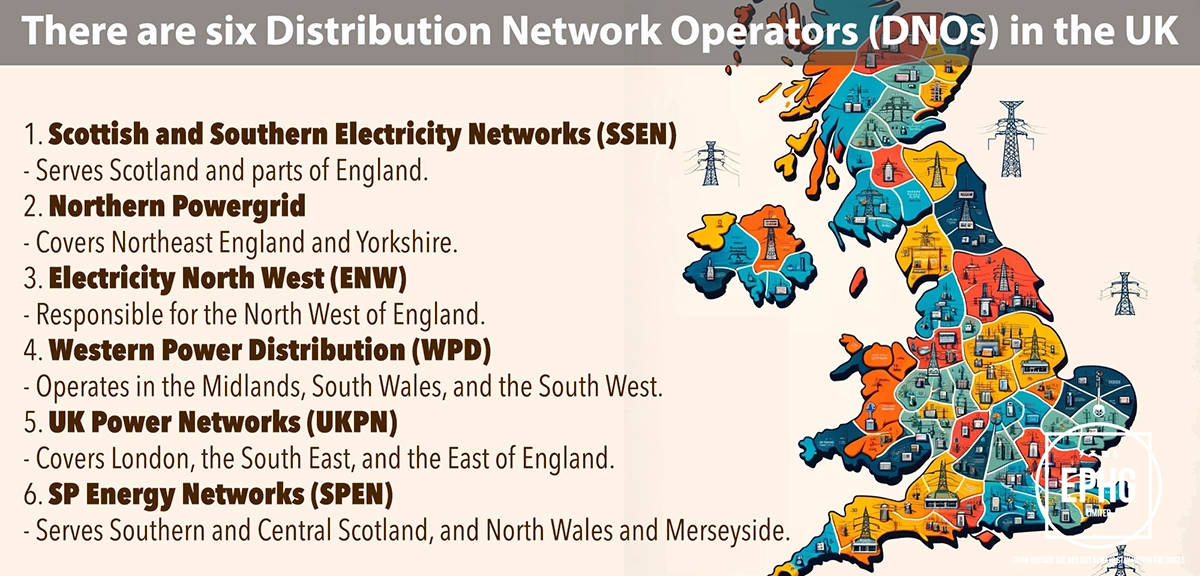
W Postcodes: Navigating Utilities & Services in West London
Introduction: The W postcode area, encompassing West London and parts of its outskirts, offers a fascinating glimpse into the utility and service infrastructure of this vibrant region. This guide aims to shed light on key aspects concerning water & electricity, among other essential services, providing residents and visitors alike with valuable information.
Water in West London
How is West London's water supply sourced, and are there concerns about shortages?
In West London, the Thames River plays a pivotal role in the region's water supply, supplemented by the River Brent for certain areas. These rivers, with their extensive catchment areas, are central to meeting the water demands of a densely populated region. Water treatment plants along these rivers ensure that water quality meets stringent safety standards before it is distributed to homes and businesses. Despite London's generally reliable water supply, the city faces challenges such as climate change, population growth, and periods of low rainfall, which can put pressure on water resources. The infrastructure, however, is robust, with efforts constantly underway to manage supply efficiently and encourage water conservation among residents to mitigate potential shortages.
The quality and hardness of West London's water: What should you know?
The water in West London is known to be 'moderately hard,' primarily because it is sourced from rivers that flow through areas with chalk and limestone. This geological presence results in higher levels of calcium and magnesium in the water, leading to its hardness. While moderately hard water has some benefits, such as providing essential minerals, it can also cause limescale buildup in appliances and make soaps less effective. Regarding quality, water suppliers in West London adhere to rigorous testing protocols to ensure the water is safe for consumption, free from contaminants, and meets health standards. The hardness of water here is generally not a health risk and may contribute beneficial minerals to the diet. However, the utility companies and environmental agencies continue to monitor and manage water quality diligently to ensure the health and satisfaction of the populace.
Electricity in West London
What are the primary sources of West London's electricity, and what does the future hold for its energy?
The electric supply in West London primarily stems from a diverse mix of sources including natural gas, nuclear power, and a growing emphasis on renewable energy such as wind, solar, and biomass. The region benefits from the UK's broad energy network, incorporating both traditional and innovative power solutions. As environmental sustainability becomes increasingly important, West London is experiencing a shift towards greener energy solutions. Initiatives focusing on renewable energy generation, energy efficiency, and electric vehicles are gaining momentum. The future of West London's energy landscape looks promising, with plans to expand renewable energy projects and reduce reliance on fossil fuels. This includes significant investments in solar and wind energy, alongside smart technologies to optimize electricity distribution and consumption, marking a decisive move towards a more sustainable and eco-friendly energy paradigm.
Is hydrogen energy a viable option for West London's future energy needs?
Hydrogen energy is emerging as a potential cornerstone in West London's strategy for a cleaner, more sustainable energy future. While still in the developmental phase, hydrogen technology promises to revolutionize energy consumption, particularly in heating and transportation sectors. The region is closely monitoring advancements in hydrogen fuel cells and considering their integration into the local energy mix. This transition aligns with the broader UK commitment to reducing carbon emissions and fostering renewable energy sources. As West London prepares for this shift, residents and businesses may soon witness the incorporation of hydrogen-powered solutions, contributing to a significant reduction in the area's carbon footprint and fostering a sustainable urban environment.
Wastewater Management in West London
Wastewater management is a critical component of West London's infrastructure, ensuring the health and safety of its residents while protecting the environment. Wastewater from domestic, commercial, and industrial sources is collected and transported to treatment facilities like the Mogden Sewage Treatment Works, one of the largest in the UK. These facilities employ advanced processes to remove contaminants, ensuring the treated water meets stringent regulatory standards before being released into rivers like the Thames. This system not only safeguards public health and local waterways but also supports the region's commitment to sustainability and environmental protection. The ongoing development and enhancement of wastewater treatment technologies reflect West London's dedication to maintaining a clean and safe urban space for its inhabitants.
Regions and Services:
The W postcode covers a varied landscape, extending from the bustling urbanity of Central London to the serene residential areas in the West. Key regions within this postcode area include:
- West End: Known as the cultural and commercial hub, this area boasts a comprehensive and modern utilities infrastructure, supporting its vibrant nightlife and bustling daytime activities.
- Kensington, Chelsea, and Notting Hill: These affluent neighborhoods offer a blend of historic charm and cutting-edge services, ensuring residents and businesses have access to reliable electricity, gas, and renewable energy solutions.
- Hammersmith, Fulham, and Shepherd's Bush: Areas with a dynamic mix of residential, commercial, and cultural spaces, where ongoing development reflects a commitment to improving utility services and embracing green energy initiatives.
- Acton, Chiswick, and Ealing: Suburban locales where the push towards sustainability is evident, with an increasing number of renewable energy projects and initiatives aimed at enhancing the local utilities infrastructure.

Regions within the W Postcode
Central and West London Areas
- W1: Mayfair, Marylebone, Soho - Known for high-end shopping, dining, and historical sites.
- W2: Bayswater, Paddington, Hyde Park - Diverse areas known for iconic landmarks, parks, and multicultural communities.
- W3: Acton - A mix of residential and industrial areas, known for community spirit and local parks.
- W4: Chiswick - Renowned for its riverside walks, leafy streets, and vibrant local scene.
- W5: Ealing - Known as the "Queen of the Suburbs", with ample parks, shopping, and cultural events.
- W6: Hammersmith - Known for its riverside location, theatres, and bustling King Street.
- W7: Hanwell - A residential area known for its community feel and green spaces like Brent Lodge Park.
- W8: Kensington - Famous for its museums, upscale homes, and shopping districts.
- W9: Maida Vale, Warwick Avenue - Known for its picturesque canals, elegant homes, and tranquil atmosphere.
- W10: North Kensington, Ladbroke Grove - Areas known for their cultural diversity, Portobello Road Market, and community events.
- W11: Notting Hill, Holland Park - Famous for the annual carnival, vibrant markets, and trendy shops.
- W12: Shepherd's Bush - Known for the Westfield shopping center, music venues, and multicultural atmosphere.
- W13: West Ealing - A residential area with a diverse community, local markets, and retail options.
- W14: West Kensington, Olympia - Characterized by exhibition centers, residential blocks, and local amenities.




